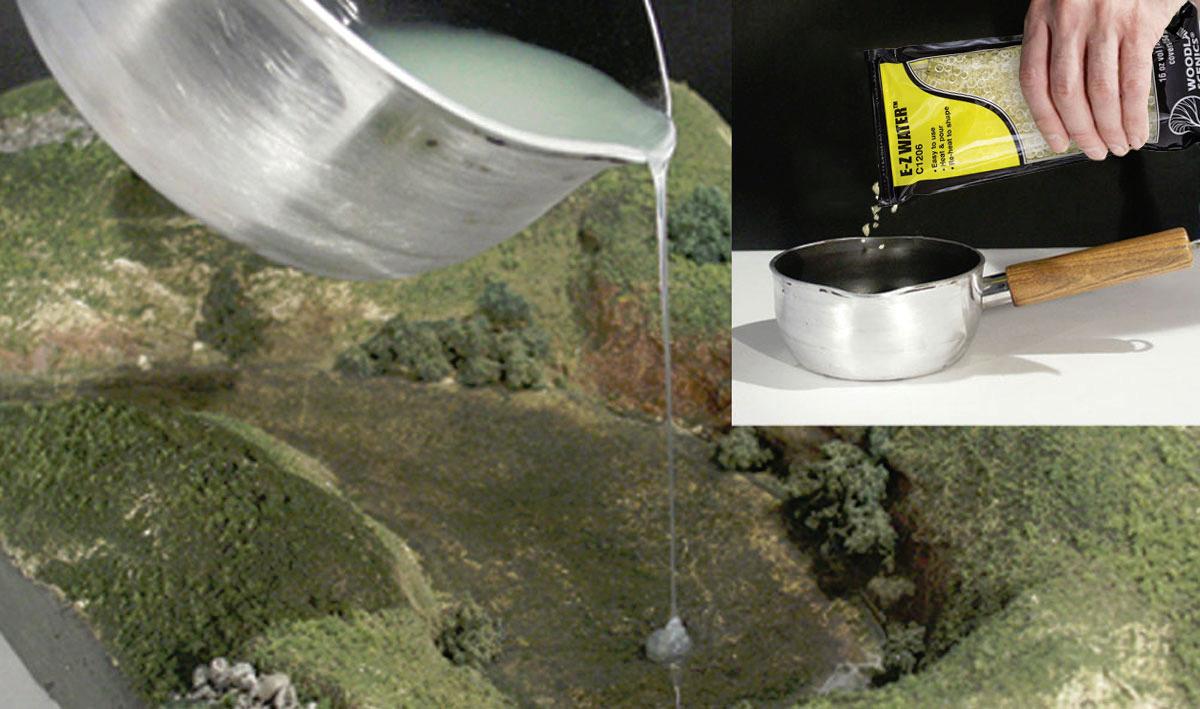I make dioramas and use epoxy resin for water features. However, epoxy is expensive ($80 for a gallon where I live), toxic, and it gets cold where I live, which isn't good for curing. So what are some cheaper alternatives; something preferably non-toxic, relatively cheap, and doesn't care about how cold the garage I work in gets?
Key properties: long-lasting, pourable and hardening, or at least gets somewhat hard. The biggest concern for me is price and temperature. All other factors are more of a bonus. If it's resin-like but cheaper but even more toxic then I'm fine with that.
